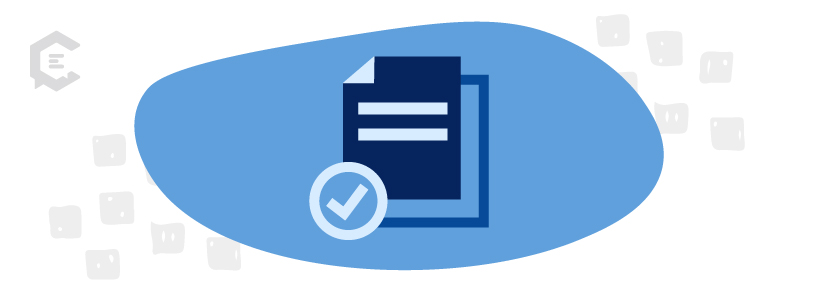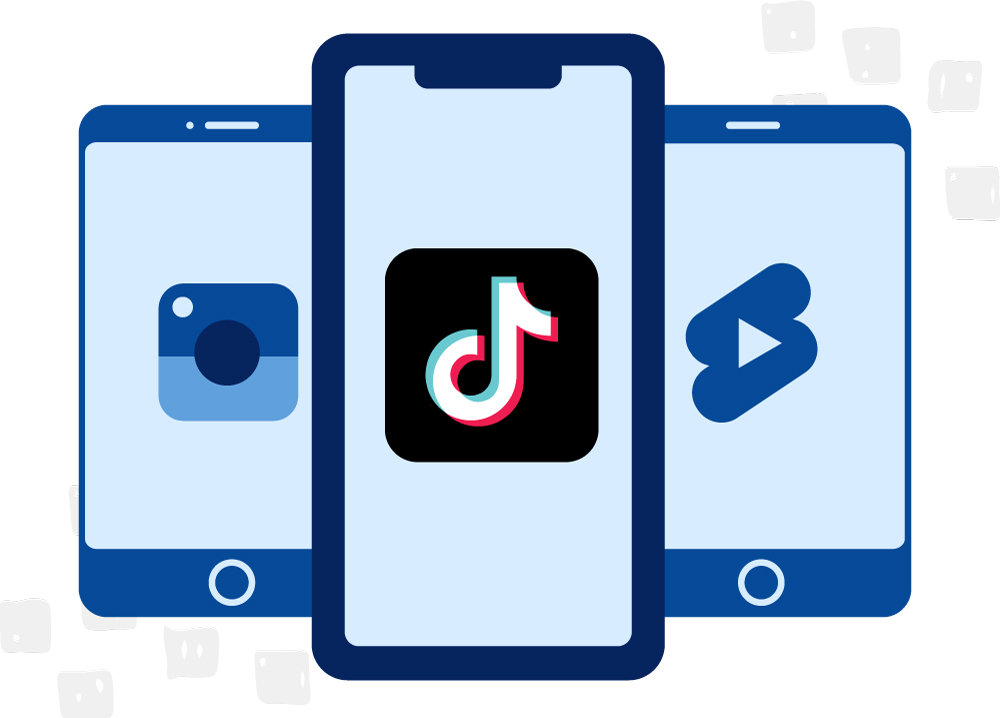TikTok has been taking over the nation with addictive short-form videos of everything from dancing to incredibly niche philosophical jokes. But some regulators in the United States fear it’s taking over more than our attention spans.
Most of the hubbub over TikTok concerns its data privacy policies and fears that it could be used by the Chinese government to manipulate the American public. Calls for a national ban on the social media app have grown louder from certain circles, including the highest tiers of the national government.
Wondering what a TikTok ban would mean for your social media strategy? Let’s find out.
What’s Happening With TikTok?
Lawmakers in the U.S., Europe, and Canada have considered restricting access to the insanely popular app. Recently, U.S. federal agencies were ordered to delete the app from government devices by the end of March. Other countries including Britain, Canada, the European Union, France, and New Zealand have also banned the app on official devices.
On March 1, a U.S. House committee advanced legislation that would allow President Biden to enforce a country-wide TikTok Ban. And on March 23, TikTok’s chief executive Shou Chew testified before Congress and attempted to provide assurances that the data and privacy of its American users would be protected.
Why are governments looking to ban TikTok?
The basic answer is China. Lawmakers, regulators, and the public fear that TikTok could provide user data like location information to the Chinese government. They also worry the app could be used to promote misinformation, featuring incendiary content, or inappropriate topics. In December, TikTok owner ByteDance admitted it had tracked the location of four reporters using the app in an attempt to locate a leak within the company.
Is TikTok banned anywhere?
India banned TikTok in 2020. At the same time, India banned 58 other Chinese-owned apps, claiming they were secretly transmitting user data to servers outside India.
Can the U.S. Government ban an App?
An agency, business, or university is well within its rights to keep an app off its devices or networks. A government-imposed ban that stops Americans from downloading and using an app on their own devices is trickier.
Per the New York Times:
“A ban that stops Americans from using an app that allows them to share their views and art could face legal challenges on First Amendment grounds, said Caitlin Chin, a fellow at the Center for Strategic and International Studies. After all, large numbers of Americans, including elected officials and major news organizations like The New York Times and The Washington Post now produce videos on TikTok.”
TikTok’s Privacy Policy & Terms of Service
Much of the concern around TikTok is due to its privacy policy and terms of service. TikTok’s terms state the app can collect information from sources including other social media platforms, such as your friends, your device, such as your phone contacts, or third-party services like advertisers. Another line that has raised eyebrows is that the app “may collect information about you from other publicly available sources.”
Most of the data tracked by TikTok is similar to user data collected by U.S.-based social media companies, which are also facing increased scrutiny from regulators as well. TikTok expressly collects:
- Usage information like the content you upload
- Device information, including mobile carrier, device system, network type, and keystroke patterns or rhythms
- Location data
- Image and audio information
In 2021, the app made headlines for updating its privacy policy to collect biometric information like faceprints and voiceprints.
How Content Marketers Are Using TikTok
The allure of TikTok as a marketing strategy is strong. TikTok has over 1 billion monthly users as of 2023. Brands use TikTok to create engaging videos in an organic, fun, or different light. Effectively, TikTok marketing is just another form of social media marketing.
TikTok marketing can help build brand awareness, reach new audiences through influencer partnerships, and increase relevance by participating in trends.
Where Would TikTok’s Users Go?
While TikTok gets all the attention, it is not the only short-form video platform on the market. YouTube and Instagram have both started to fight back against TikTok with short-form video tools of their own. YouTube Shorts and Instagram Reels are both quickly expanding their presence and functionalities. If TikTok were not available, these two platforms are the closest matches in terms of functionality.
Here are some quick comparisons of TikTok vs Reels vs YouTube Shorts.
TikTok
- TikTok has over 1 billion active monthly users worldwide.
- Those between the ages of 10-19 make up nearly a third of all TikTok users globally.
- User engagement is high on TikTok, so good content has a great opportunity to spread.
- TikTok is constantly rolling out new video and audio effects and filters that allow users to share their content in unique ways. These effects — combined with music — often drive trends on the app.
- TikTok’s overall tone is one of humor and entertainment. It can be difficult for a brand to find its place on TikTok because the kind of content that is most prevalent on the app doesn’t align with a company’s initiatives.
Instagram Reels
- Those between the ages of 25-34 make up the largest age demographic on Instagram; followed by those ages 18-24.
- After the NBA started utilizing Reels, they achieved a 22 percent higher engagement on their Reels content than they received on their normal timeline content.
- If you already have a significant Instagram audience, transitioning to Reels will not require as much work to gain a following compared to an entirely new channel.
- It takes some work and discipline to determine which content is best for your Instagram account — Reels, timeline videos, photos, and stories are all options, and there is no clear “right” answer for what is always best.
YouTube Shorts
- YouTube has more than 2.6 billion monthly active users.
- Public data about Shorts is limited.
- Shorts launched in July 2021, making it a very new competitor in the short-form video space. This could impact market share in the long term.
How to Prepare for Content Marketing After a Ban
There have been no previous bans of content channels, so it’s hard to know what a TikTok ban would do to the broader social media marketing landscape. The best advice is to leverage multiple channels whenever putting together a marketing plan. Putting all your social media eggs in a single platform, be it TikTok, Instagram, Twitter, or something else, opens you up to major risk. Even without a ban, a single platform could fall out of style, limit usability, or just die like MySpace (has anyone checked on Tom?).
Develop content for all of your social media channels with help from ClearVoice strategy experts.







